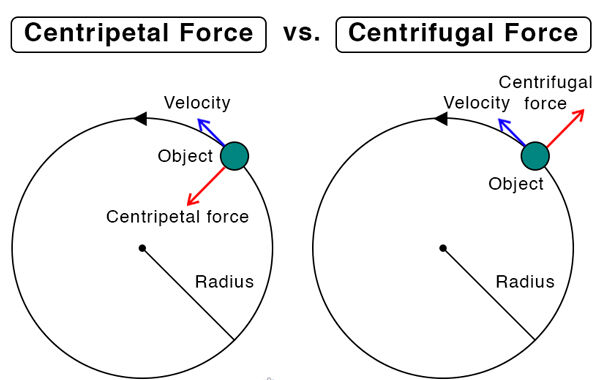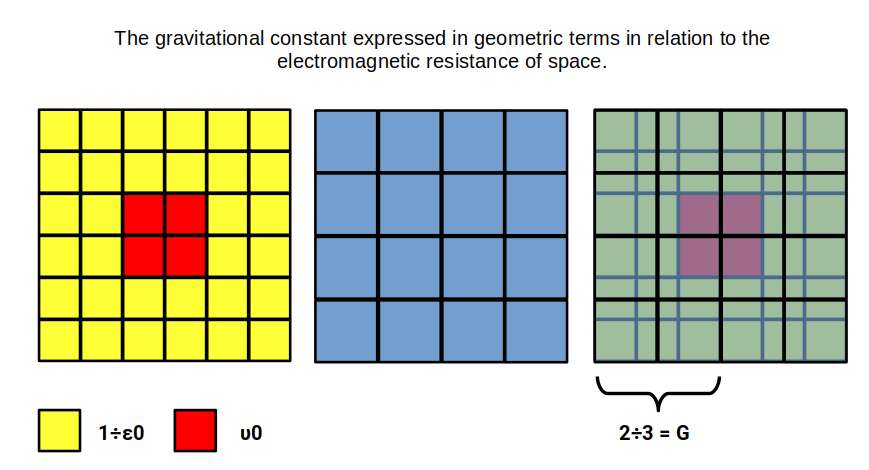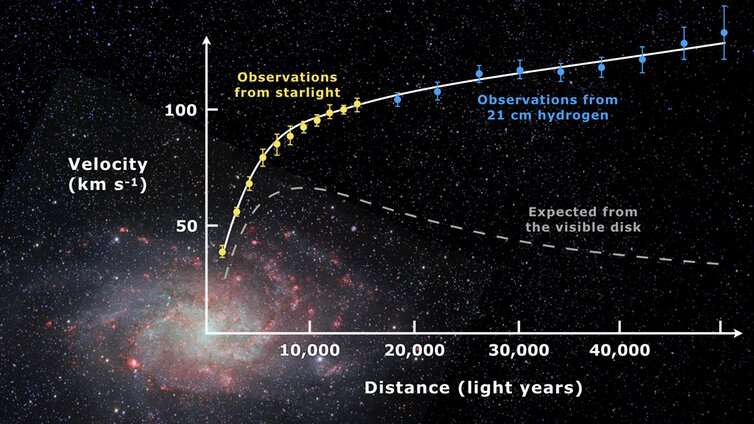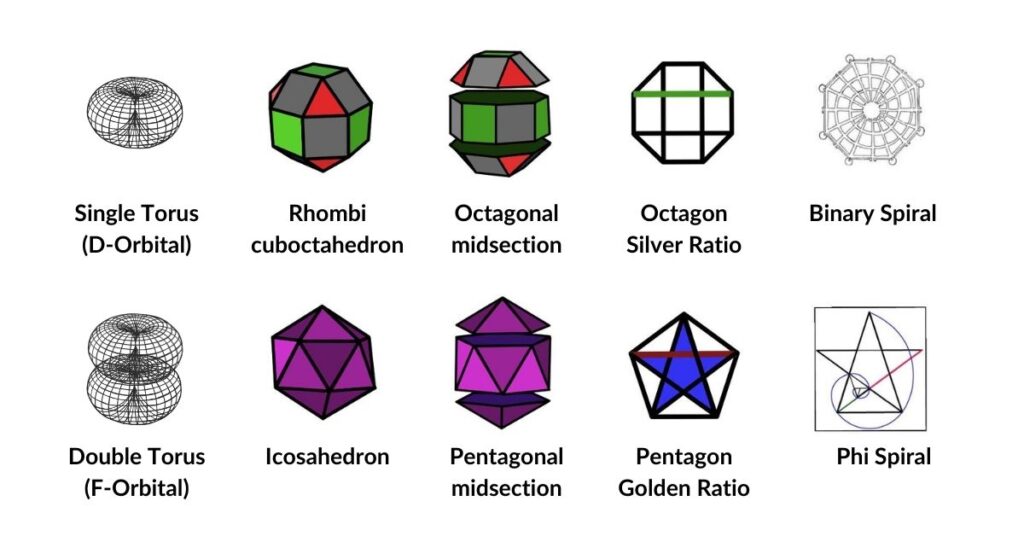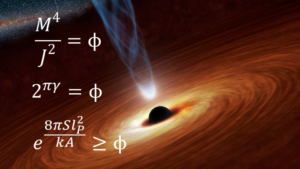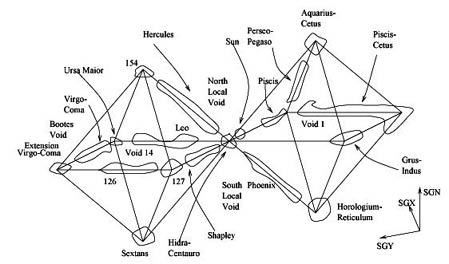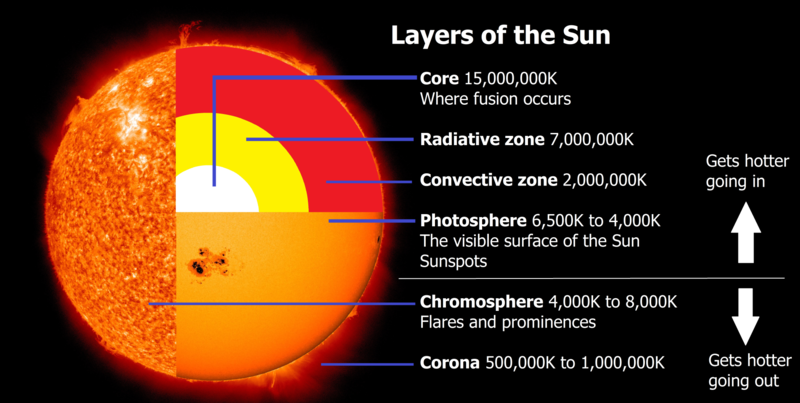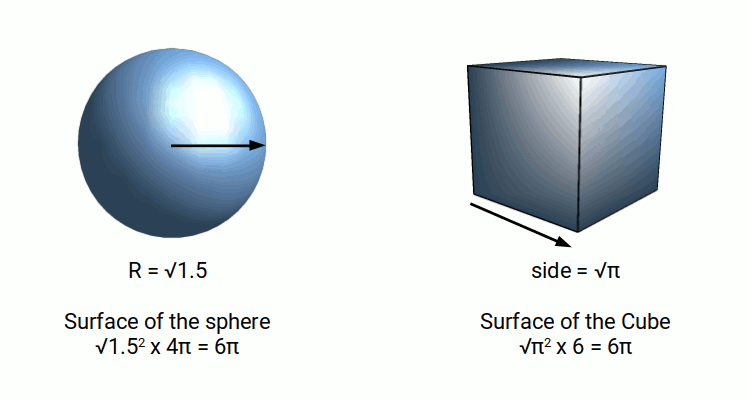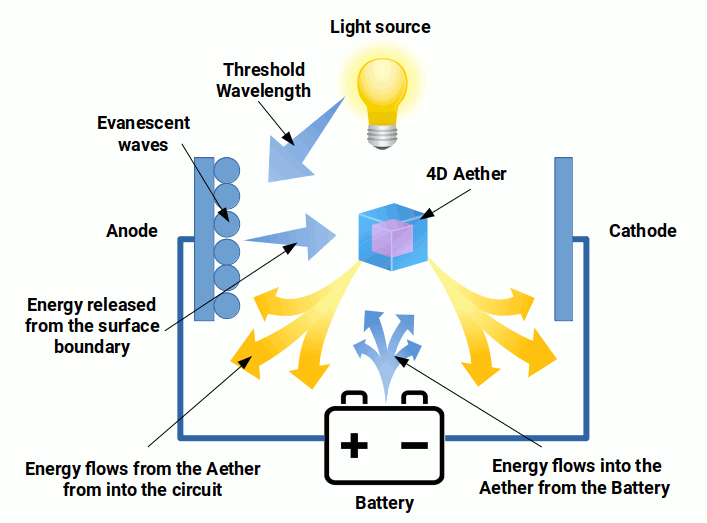Gravity still remains one of the most mysterious forces of nature. Presently the conversion dictates that it is a product of mass. Our new theory of Geo-Gravitation challenges this respective, and suggests that the gravitation field is a product of the geometry of space itself.
Overview
In the vast realm of astrophysics, the confrontation between opposing forces has long fascinated scientists and philosophers alike. Just as black counters white, and light competes with gravity, the cosmic dance of these opposing dynamics sets the stage for the existence and equilibrium of our universe. In this article, we delve into the intriguing world of the gravitational field, unravelling its mysteries and exploring the profound connection between geometry and gravity.
The Laws of Gravitation, and Columb Law have exactly the same formulation, and yet conventional thinking has been unable to unify the macro and micro cosmos. This has led to the greatest theoretical difficultly presents to modern physic; Quantum Gravity.
Our new theory of Geo-Gravitation, offers an intriguing explanation for the similarities of the Gravitational Law and Columb’s Law, and offers a unique solution to the problem of Quantum Gravity.
Gravity and the Expansionary Forces
When we gaze upon the universe, we witness a complex interplay between centripetal and centrifugal forces. Rotating bodies, like heavenly bodies, exhibit a centrifugal force that emanates outward. However, gravity, as the resistance to expansion, counters this rotational energy and prevents celestial bodies from dispersing into space. Achieving a point of equilibrium where existence thrives depends on the delicate balance between these forces.
The Geometric Expression of Gravity
By delving into the depths of quantum spin relationships, we encounter the gravitational constant (G) expressed as a geometric ratio of ⅔. This ratio aligns with the intricate quantum interplay between electrons and quarks.
The expansion of a spherical light wave, can be expressed as a sphere with a radius that expands from a relative distance of 1 to 3. This produces a surface area that correlates with the scientific constant, μ0 and ε0, which limit the speed of light to a finite value. We can produce a geometric model of a square of 4 and 36, which represents the ratio between μ0 and ε0 respectively. By superimposing a square of 16 over this, the geometric embodiment of the gravitational constant begins to take shape.

Books out now
Hello Geometry & Geometric UNiverse
Filled with intricate illustrations, our books offer a concise exploration of the Multidimensional Universe, challenging our understanding of space, time, and existence.
Gravity and galaxies
Gravity’s omnipresence and influence extend far beyond the confines of Earth. It governs the spacing and periodicity of planets and moons revolving around the sun, dictating the majestic choreography of celestial bodies. In the grand cosmic tapestry, gravity moulds galactic formations, drawing matter into spiralling structures. Yet, the enigma persists as stars on the outer ring rotate faster than existing scientific explanations can fathom.
The black holes found at the galactic centre, possessing unparalleled gravitational strength, complicate our understanding further. Seemingly incongruent occurrences, such as the unexpected presence of stars near the event horizon. Furthermore, gravitational models seem to fail when examining the motion of galactic spirals.
The uniform pace at which stars orbit around galaxies poses perplexing questions that Newtonian gravitation cannot easily resolve. Popular theories like Dark Matter or Modified Newtonian Dynamics (MOND) attempt to provide explanations, but neither has been definitively proven nor can account for the rotational speeds of stars on the outer rim.
The Geometric Universe viewpoint posits a unified spacetime paradigm within the rotating midsections of specific polyhedra. Each galaxy exhibits a torus field, whose North-South Pole unifies at a 90° angle to its disk’s rotation. The gravitational field, orchestrated by a central black hole, counteracts the centrifugal force, unifying its rotational speed. This intricate interplay fosters growth as matter is drawn into the system.
As spiral galaxies spiral within a flat, spinning disk composed of whirling stars, the universe presents two primary geometric types: single spiral formations inspired by the Golden ratio and binary galaxies, characterized by the Silver spiral.
Diverse scholars like Paul Davies and Nassim Haramein postulate intriguing theories rooted in geometric relationships, unveiling tantalizing aspects of gravity’s intricacy. Black holes exhibit a phenomena called ‘negative specific heat’ whereby as energy absorbed by the system will decrease its temperature and vice versa. This is governed by the Golden ratio, which is identified in the pentagonal midsection of the Icosahedron
Gravity superclusters
Beyond the scale of Galaxies, are Galactic Superclusters. Upon examination, it has been found that these fall into an Octahedral orientation. Lovingly referred to as the ‘Egg-carton Universe, the appearance of this geometric structure at vast scales of the universes formation is strong evidence for the geometric nature of gravity itself.
Notice that the octahedron on the Left contains the Virgo constellations, whereas the on the right is the Piscis constellations, which are in opposition in the signs of the zodiac.
A similar structure is found in the P-orbitals of the atom, which are responsible for defining the various rows of the periodic table. Thus, from the largest to the smallest scales of reality, we find geometry at play, working to define the structual formations of the entire universe.
The Black hole of the sun
Within the solar system, we find many contradictory phenomena concerning the sun’s contrasting temperatures, which defy scientific theory. Whilst the temperature of the sun’s corona can reach a million of degrees, its surface does not exceed 6000°C. Furthermore, when the inner layers of the sun are exposed due to sun spots that form on it surface, the temperature is reduced to only 4000°C. Present scientific theory has no viable explanation. Yet, from the perspective of the 4D Aether, we suggest that energy is being extracts from the vacuum at proximity to the sun.
Note: the temperature of the Convection Zone, Radiative Zone, and Cores are theoretical assumptions based on the fusion model of the sun, and have never been experimentally determined.
The Geometric Universe suggest that there is a Black hole at the centre of our Sun, which is responsible for generating the gravitational field of the solar system. This is also reflected in the geometric view of the atom, which see each shell as a geometric formation. This view suggests that the atom is a 4D object, whose electron cloud is intimately related to the nucleus.
When examining the mean orbits of each plant and its relative distance from the sun, we find that is can be mapped in accordance with geometry. Whilst originally proposed by Johannes Kepler, through his discovery of the law of planetary motion, it was subsequently dismissed, due to their slight elliptical orbits. Yet, by examining the mean orbits, we find that geometry produces an amazingly close approximation. We discuss this fact in more detail in our theory of Solar Geometry.
Quantum Gravity
The quest for understanding the fundamental nature of the universe has led scientists on a captivating journey. One of the most perplexing challenges in modern physics is the problem of Quantum Gravity. The dualities between Quantum mechanics, which operates within a flat spacetime, and the curved spacetime described by Relativistic Theory have long puzzled researchers.
Yet through our investigation of the photoelectric effect, we have produced an alternative, wave-only equation, which is expressed as √(G×c²) ÷2. In simple terms, the theory suggest that when the radius of the light wave (wavelength) reaches √1.5, relative to the work function of a material, photoelectron will begin to flow through the circuit. In effect, this can be seen as the geometric transformation of a sphere into a cube, whose faces will each exhibit a surface area of π.
Only when this critical frequency is reached will the photoelectric effect generate an electrical flow. The upshot of this realisation is that the energy is not coming from light itself. Instead, light of a specific frequency triggers the effect. This suggests that the energy is already inherent in the background of space, contained within a 4D Aether. This resolves the enigma of how the effect can be initiated almost instantaneously, (about 45 attoseconds), whereas for the energy to be transferred from a photon requires a few nanoseconds to complete.
The conclusion is that the entire universe is emersed in an unfathomable amount of energy, which can be extracted from the surface boundary, as it happening in the space directly surround the sun. The solution also unifies the notion of gravity as the quantum scales, resolving the most challenging problem face quantum physics.
THE
Conclusion
Through the lenses of Inverse Geometry and the exploration of the Geometric Universe, we have embarked on an awe-inspiring journey through the enigma of Quantum Gravity. From the unification of spherical and cubic dimensions to the profound discoveries about the fundamental constants and structures of the universe, we gradually unveil the intricate balance that permeates all scales of existence. Embracing these insights, we take yet another step towards comprehending the fundamental foundations of our remarkable cosmos.
Carry on Learning
Discover more about the GEOMETRIC UNIVERSE by reading these compelling articles


Harmonic Chemistry
Harmonic chemistry examines the nature of the periodic table from the perspective of musical resonance. Consequently we now have a new explanation for why element 43 and 61 are unstable. Overview The periodic table, a cornerstone of modern chemistry, offers a comprehensive catalogue of the elements that make up our

Ground-Breaking New Theory
New Mathematical and Scientific theory based on the tenants of geometry: Dimensionless Science, Atomic Geometry, 4D thinking…

Dimensionless Science
By examining scientific constants in terms of ratio and geometry, Dimensionless Science offers a system that is simple to understand and accurate enough to be compatible with conventional scientific notation. Overview If you thought science was all about measuring, then our new system of Dimensionless Science may come as quite

